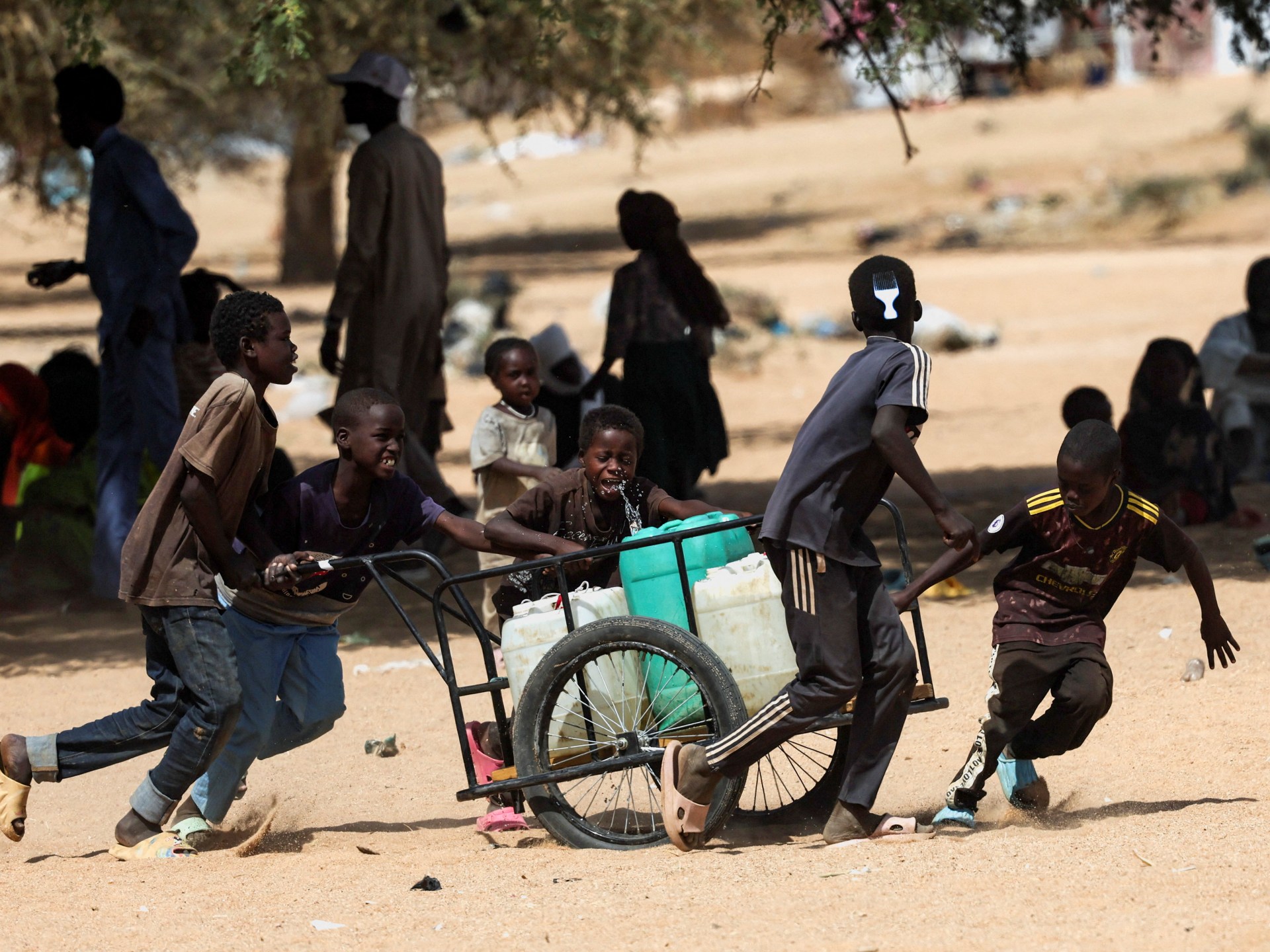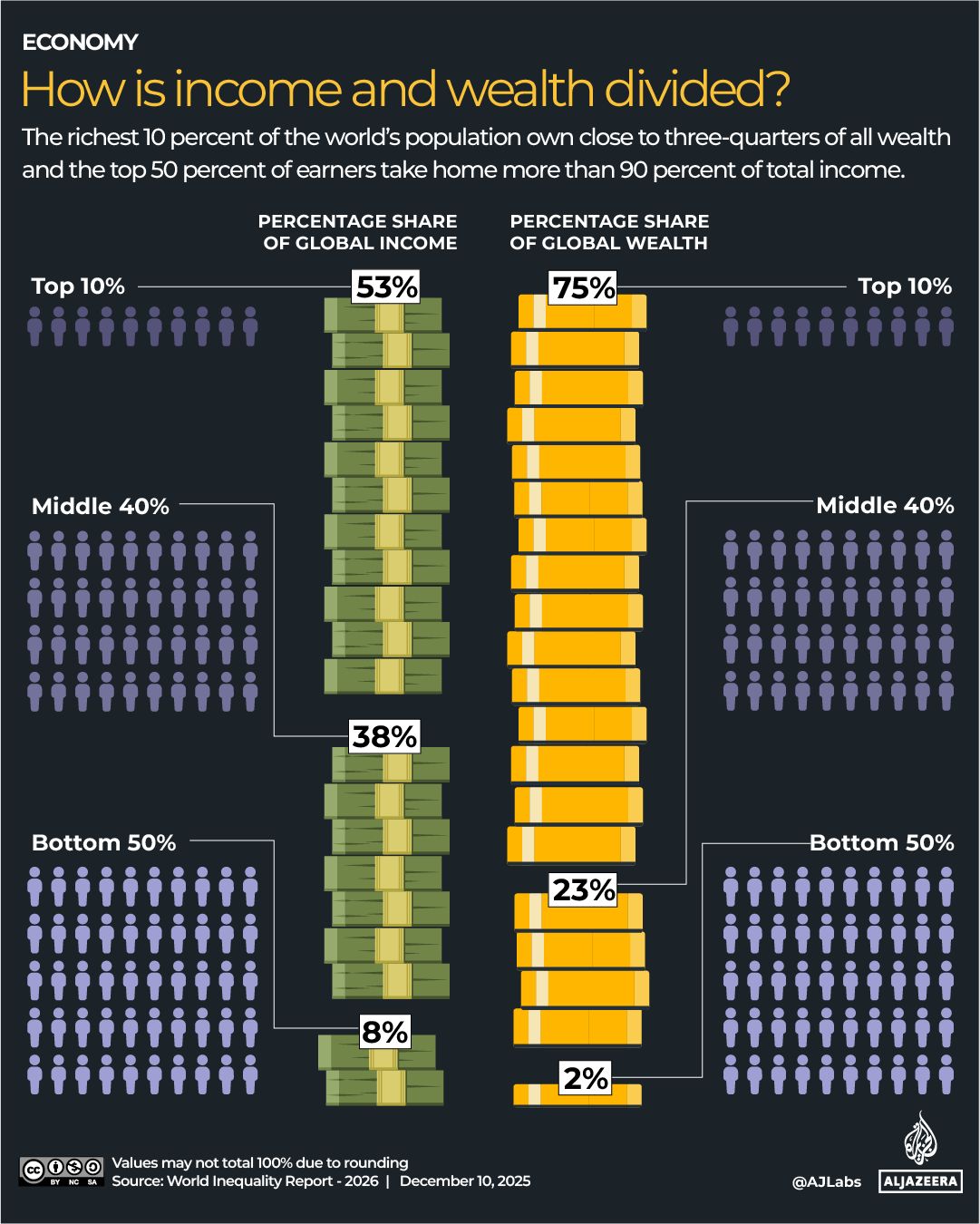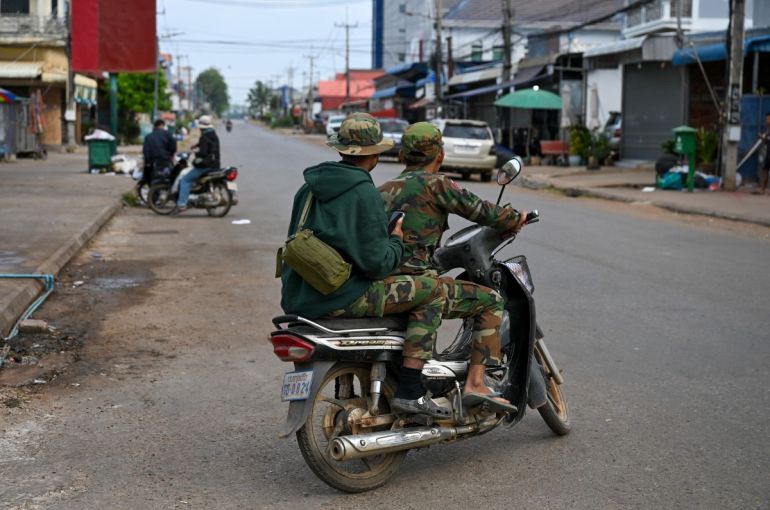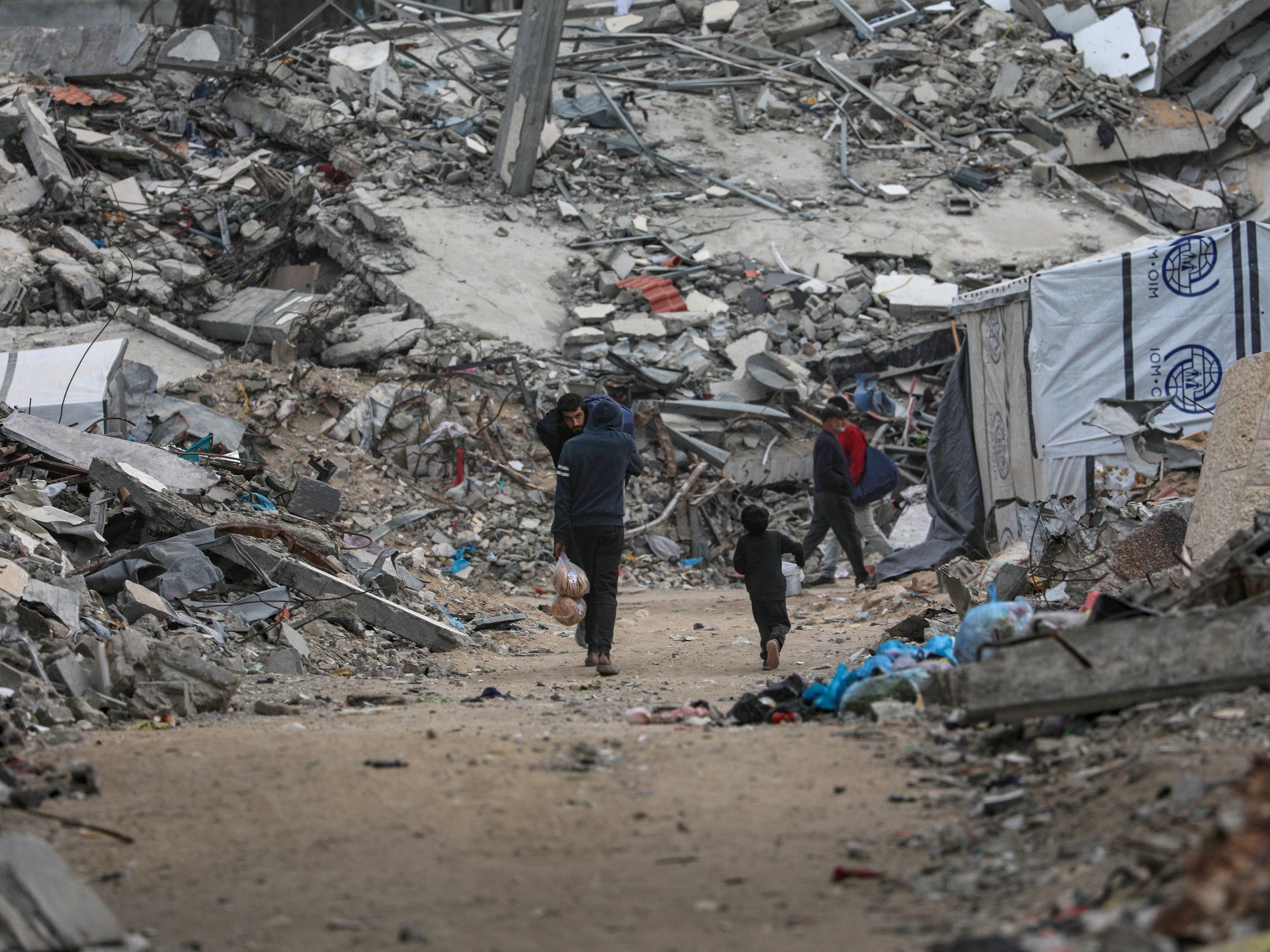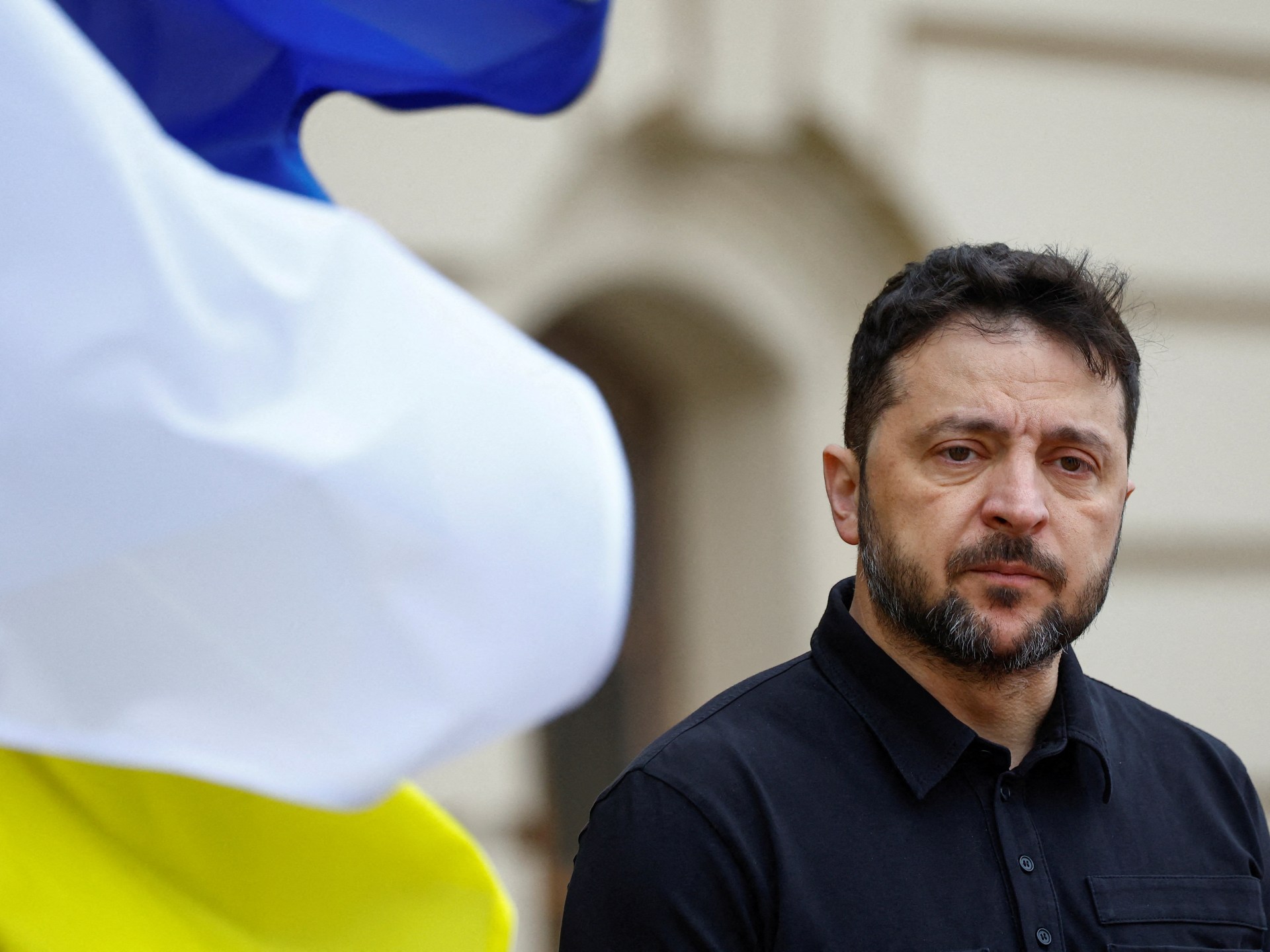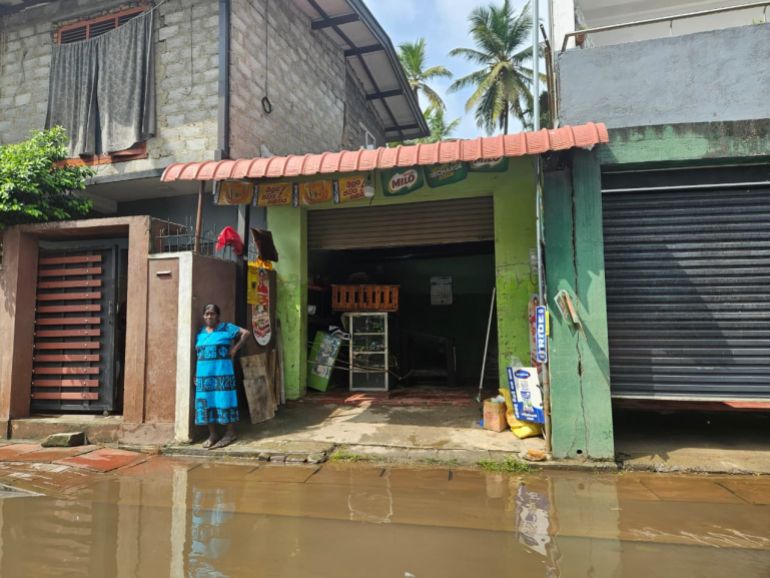A military transport aircraft has gone down while attempting to land at an airbase in eastern Sudan, killing all the crew members in the war-ravaged nation.
An Ilyushin Il-76 crashed on Tuesday as it approached the Osman Digna airbase in Port Sudan, near the city’s main airport, two military sources told the AFP news agency, citing a technical malfunction during the landing attempt.
Recommended Stories
list of 3 itemsend of list
All crew members on board were killed, though the government-aligned Sudanese Armed Forces (SAF) has not disclosed how many people were on the plane.
The last major incident at the airbase occurred in May, when drones struck multiple sites across Port Sudan, including the airfield.
The incident comes as SAF faces mounting losses across the country’s central regions.
On Monday, the Rapid Support Forces (RSF) seized control of the Heglig oilfield, Sudan’s largest oil facility, in West Kordofan province after SAF abandoned their positions, according to the Sudan Tribune.
Military sources told Al Jazeera on Tuesday that the army was also withdrawing from Babnusa in West Kordofan, a strategic gateway that the RSF said it had taken control of in early December.
The loss of Heglig delivers a significant blow to the military-aligned government’s revenue streams. The facility processes between 80,000 and 100,000 barrels of crude oil daily for Sudan and South Sudan, and the pipeline to Port Sudan runs through it.
Ahmed Ibrahim, a former adviser to the Sudanese government, told Al Jazeera on Tuesday that the attack on Heglig was part of an RSF effort to drag South Sudan, where a fragile truce between the country’s dominant forces has only barely held, into the war on its side.
The conflict’s epicentre has shifted to the Kordofan region following el-Fasher’s fall last month, which the United Nations has described as a “crime scene”. RSF gains across the central region now threaten to bisect the country, potentially isolating army-held territory and consolidating paramilitary control over a continuous stretch from Chad to the country’s heartland.
The same day as the plane crash, the United States imposed sanctions on four Colombian nationals and four companies accused of recruiting hundreds of military veterans to fight for the RSF.
However, the sanctions did not target Global Security Services Group, a company in the United Arab Emirates, which, a November report by The Sentry, a United States-based investigative organisation that tracks conflict financing, identified as arranging the deployment of Colombian mercenaries to Sudan.
The UAE has consistently denied providing support to the RSF.
Also on Tuesday, the International Criminal Court (ICC) sentenced Ali Kushayb, a former leader of the Popular Defence Forces (also known as Janjaweed) militia, to 20 years in prison for war crimes and crimes against humanity committed in Darfur between 2003 and 2004.
The conviction marks the first time the ICC has prosecuted crimes in Darfur, a region now witnessing renewed mass atrocities as the RSF, which traces its origins to the Janjaweed, advances across western and central Sudan.
The conflict has killed tens of thousands since April 2023 and displaced more than 12 million people.
The World Food Programme warns that 20 million people face acute food shortages, with six million on the brink of starvation.
Writing for Al Jazeera, Javid Abdelmoneim, international president of Doctors Without Borders (also known by its French initials MSF), warned that the world must not accept “a new normal” of mass atrocities in Sudan.
